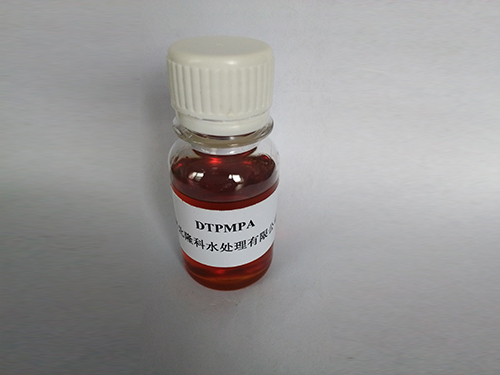Cross Linked Polyacrylamide
Cross-Linked Polyacrylamide Versatile Applications and Significance
Cross-linked polyacrylamide (PAM) is a synthetic polymer derived from the polymerization of acrylamide, often enhanced by the introduction of cross-linking agents. This unique structure provides PAM with a three-dimensional network, which imparts distinct physical and chemical properties that make it suitable for a variety of applications across different fields.
Cross-Linked Polyacrylamide Versatile Applications and Significance
In addition to its critical role in laboratory applications, cross-linked polyacrylamide is employed in various industrial processes. It is commonly used as a flocculant and coagulant in water treatment. Its ability to absorb significant amounts of water creates a gel-like consistency that can capture contaminants and suspended particles, thus facilitating their removal from wastewater. This application is crucial for environmental protection and management, ensuring that treated water meets safety standards before being discharged back into natural water systems.
cross linked polyacrylamide

Moreover, cross-linked polyacrylamide finds a place in the agricultural sector, where it serves as a soil conditioner. By retaining moisture and improving soil structure, it enhances the efficiency of water use in crops. This is particularly beneficial in arid regions, as it can lead to increased agricultural productivity while promoting sustainable agriculture practices.
In the medical field, cross-linked polyacrylamide is also utilized in drug delivery systems. Its biocompatibility and ability to form hydrogels allow for the controlled release of therapeutic agents. This characteristic is crucial in developing treatments for various diseases, as it optimizes drug efficacy and minimizes side effects.
Despite its advantages, it is essential to consider the environmental impact of polyacrylamide. While it is generally considered safe in its cross-linked form, concerns regarding the degradation products of acrylamide, a neurotoxin, necessitate careful handling and disposal practices. Researchers continue to explore eco-friendly alternatives and biodegradable options to mitigate these risks.
In conclusion, cross-linked polyacrylamide is a versatile polymer with applications spanning biotechnology, water treatment, agriculture, and medicine. Its unique properties make it an indispensable tool in research and industry, contributing to advancements in various scientific disciplines while highlighting the importance of responsible usage to ensure environmental safety. As innovations continue, the potential for cross-linked polyacrylamide will undoubtedly expand, driving further improvements in technology and sustainability.
-
Understanding Polycarboxylic Acids: Properties, Applications, and Future PotentialNewsJul.28,2025
-
Scale Inhibitor Explained: How to Protect Your System from Limescale and Hard Water DamageNewsJul.28,2025
-
Scale and Corrosion Inhibitors: Essential Chemicals for Industrial Water System ProtectionNewsJul.28,2025
-
Polyaspartic Acid: A Biodegradable Polymer for Sustainable ChemistryNewsJul.28,2025
-
Isothiazolinones: A Versatile Antimicrobial Class with Industrial Power and Regulatory ChallengesNewsJul.28,2025
-
A Deep Dive into 2-Phosphonobutane-1,2,4-Tricarboxylic Acid (PBTC)NewsJul.28,2025





